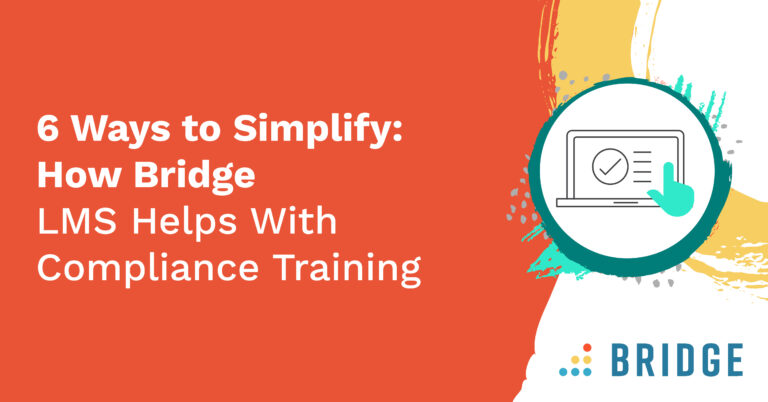From high turnover to skills gaps, the ongoing speed of technological change, the case has been made for ongoing workplace learning and development.
You may be thinking … But wait, we already have development tools in place.
Nearly all companies say they offer development tools (98%), yet a meager 26% of employees feel these solutions are working.
Even the most well-intentioned L&D initiatives must adapt to the modern workforce. Why? Because the modern workforce has rewritten the rules:
Rule #1 – Ongoing development opportunities are non-negotiable.
Nearly two-thirds of employees are likely to leave their current employer for one that has a reputation for prioritizing employee development.
Transferable and job-specific skills should be developed in ways that go beyond online training to include coaching, mentoring, stretch assignments, and even peer-to-peer feedback.
Rule #2 – Career development must be driven by personal motivators.
When it comes to career development, 53% of employers believe at least half of their employees have a formal career plan. In reality, only 24% have specific goals in mind and regularly track against them.
Yes, the majority of employees want to take charge of their career paths. , companies and managers need to create space for employees to be open about what matters most to them and the vision they have for their career. Managers should take the time to understand the unique motivators behind each individual’s career aspirations, then use these drivers as the focal point for future development activities.
By helping employees discover their personal career mission and goals, then offering meaningful skill development throughout the journey, companies demonstrate they really care. And in turn, get the best work from their employees.
Rule #3 – Paychecks and perks aren’t enough—fulfillment is required.
Fulfillment is the ultimate state for employees. It’s where they find meaning in day-to-day work—a top priority for the modern workforce.
Fulfillment goes beyond being engaged to having a true sense of connection and belonging. Meaningful relationships can be cultivated through team projects, peer feedback and coaching, and regular manager-employee conversations that are less about status and more about purpose.
What drives fulfillment for employees over most other factors? Impact. Employees need to feel their individual contributions are moving the needle for the company and its customers as well as their personal and professional goals. When employee achievement is acknowledged publicly and privately, they feel validation that their work matters.
Providing the ideal environment for growth, impact, and connection is well worth the effort—fulfilled employees plan on sticking around three years longer than those who aren’t.
Like it or not, the new rules of employee development have been written for you. The good news is, there are tools and techniques to help you deliver—and they all work together seamlessly.
For additional employee development best practices, listen to my ATD webinar, “6 Employee Development Best Practices: Beyond Learning to Deepening the Employee Experience.” Get the recording here.



